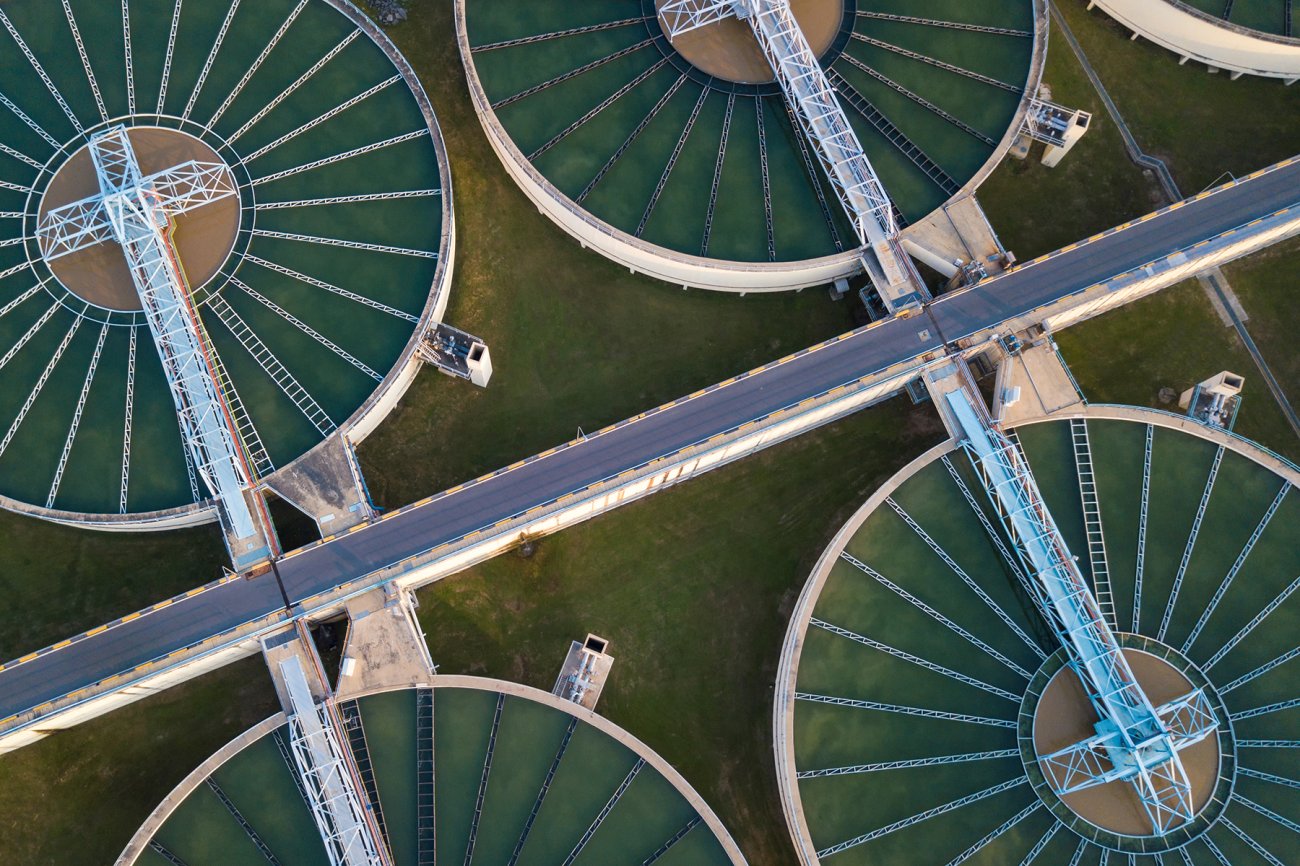The Greatest Guide To Reclaim Waste
The Greatest Guide To Reclaim Waste
Blog Article
The Main Principles Of Reclaim Waste
Table of ContentsNot known Details About Reclaim Waste The Of Reclaim WasteNot known Facts About Reclaim WasteThe Definitive Guide to Reclaim WasteHow Reclaim Waste can Save You Time, Stress, and Money.Reclaim Waste - The Facts

Never put harmful compounds down sinks, bathrooms or stormwater drains Compounds consisting of gas, grease, oil, chemicals and herbicides, and solvents such as paint pole dancers ought to not be put down sinks, bathrooms or stormwater drains pipes. These substances are tough to get rid of in the sewer treatment process and trigger air pollution problems in our regional rivers.

Although fluid waste is a term that covers a broad range of materials, there's a good reason leaving its disposal to the experts is advised. Liquid waste is non-solid material that has no additional use and has to be dealt with and thrown away according to neighborhood, state and government laws.
How Reclaim Waste can Save You Time, Stress, and Money.
Examples of fluid waste can consist of wastewater, fats, oils or oil, used oil, fluids, solids, gases or sludges and harmful home liquids, there are some that are thought about to be a lot more dangerous than others when it comes to the environment and the wellness of animals and humans alike. It's for this factor that each state and area have rigorous policies linked to fluid waste administration.
Fluid waste can be kept in holding tanks or packaged in drums, intermediate mass containers or authorized small containers before either being treated or removed through outsourced vacuum cleaner trucks. Offered the nature of the materials, fluid waste can not enter the general waste stream and there are strict regulations on exactly how to take care of it properly.
(https://pxhere.com/en/photographer-me/4429814)Depending on a determination of the degree of danger, it may be necessary to remediate those websites. On top of that, unsafe liquid chemical wastes are managed waste and should be tracked in conformity with the state waste regulations. Under the chain of custodianship and duties, owners are liable and liable for waste generated by a business.
Among the core applications for superabsorbent polymers (SAPs) is fluid waste solidification. liquid waste removal. SAPs are used by waste management experts to avoid possibly hazardous liquids from going into rivers, groundwater aquifers, and other sensitive settings. Since fluids can swiftly transfer contaminants right into environmental receptors and potentially add to geotechnical failures, liquid wastes are generally banned from disposal in landfills
Rumored Buzz on Reclaim Waste
Generally, complimentary fluids are fluids that divide from the strong section of waste product. Liquid waste can include the following: HDD mud and cuttings Landfill leachate Wastewater treatment sludge & biosolids Dug up debris Oil and gas drill cuttings Working out pond muck Hydro Excavation slurry Coal combustion residuals/ash Tank bottom sludge Concrete grinding/polishing slurry Relevant Write-up: For a practical instance of complimentary fluids separating from waste product, think about the complying with situation: A waste management professional tons a dump associate sludge from a wastewater therapy plant's aeration basin, throughout a regular upkeep occasion.
When the chauffeur arrives at the landfill, he notifications water leaching from the sludge and pouring from the dump truck. The lots was turned down by the garbage dump and the driver was forced to throw away the waste as a fluid waste at an unique facility, which raised the disposal fees tremendously.
We additionally need to be liable for the appropriate disposal of our waste products. It is not sufficient that we pay waste find out here disposal business to take treatment of our rubbish.
Facts About Reclaim Waste Uncovered

Segregating your waste can begin inside the home. Segregate dry and liquid waste as well as edible waste, eco-friendly and non-biodegradable materials.
You can utilize old trash can, pail, yard pot or old plastic drums. Drill 4 to 5 holes in the container so the air can distribute. Layer all-time low with dirt to soak up the wet waste. Beginning the composting process. Layer the compost with wet and dry waste in addition to dirt to maintain a balance between the wet and the dry.
Reclaim Waste for Beginners
Cover the garden compost container. When a week, include dirt on top of the compost. To promote faster disintegration, you can additionally include semi composted dirt to the compost. Maintain the garden compost. If you see the scent is ending up being as well strong, include added newspapers and paper waste or add even more openings to the compost bin to maintain the balance of the waste materials.
We additionally require to be accountable for the correct disposal of our waste materials. It is not enough that we pay waste disposal business to take care of our rubbish.
Our waste, our responsibility. Have you ever before wondered what occurs to your fluid waste after it's collected? Did you understand that fluid waste can be recycled?
Some Known Facts About Reclaim Waste.
Segregating your waste can begin inside the home. Segregate completely dry and fluid waste as well as edible waste, eco-friendly and non-biodegradable products.
You can use old trash can, pail, yard pot or old plastic drums. Drill four to five holes in the container so the air can distribute. Layer all-time low with dirt to absorb the wet waste. Start the composting process. Layer the garden compost with damp and completely dry waste along with dirt to preserve an equilibrium in between the wet and the dry.
Cover the compost container. As soon as a week, add soil in addition to the garden compost. To help with faster disintegration, you can likewise add semi composted dirt to the compost. Maintain the garden compost. If you discover the smell is coming to be too solid, include extra papers and paper waste or add more openings to the compost container to keep the equilibrium of the waste materials.
Report this page